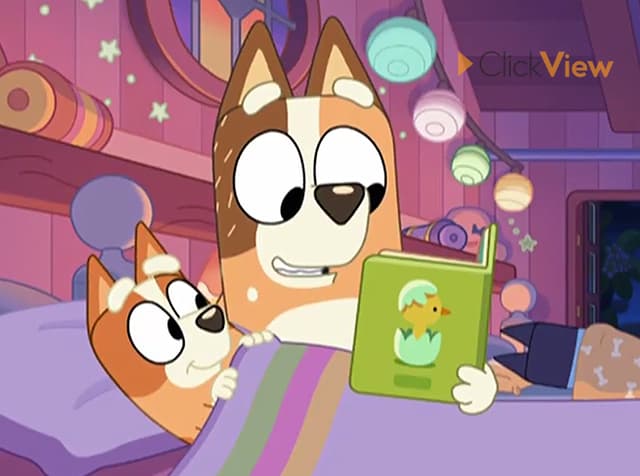
Curiosity and Questioning - Imaginative Play
Lesson1 of 23 in this unit
Cool+PrimaryFoundationYear 1 - 2EnglishText AnalysisSpeakingReadingScienceEarth and SpaceThe ArtsVisual ArtsSocialSocial and Emotional Learning
Summary
Lesson guides and printables
Lesson Plan

The Zones of Emotional Regulation

Visual Explainer
